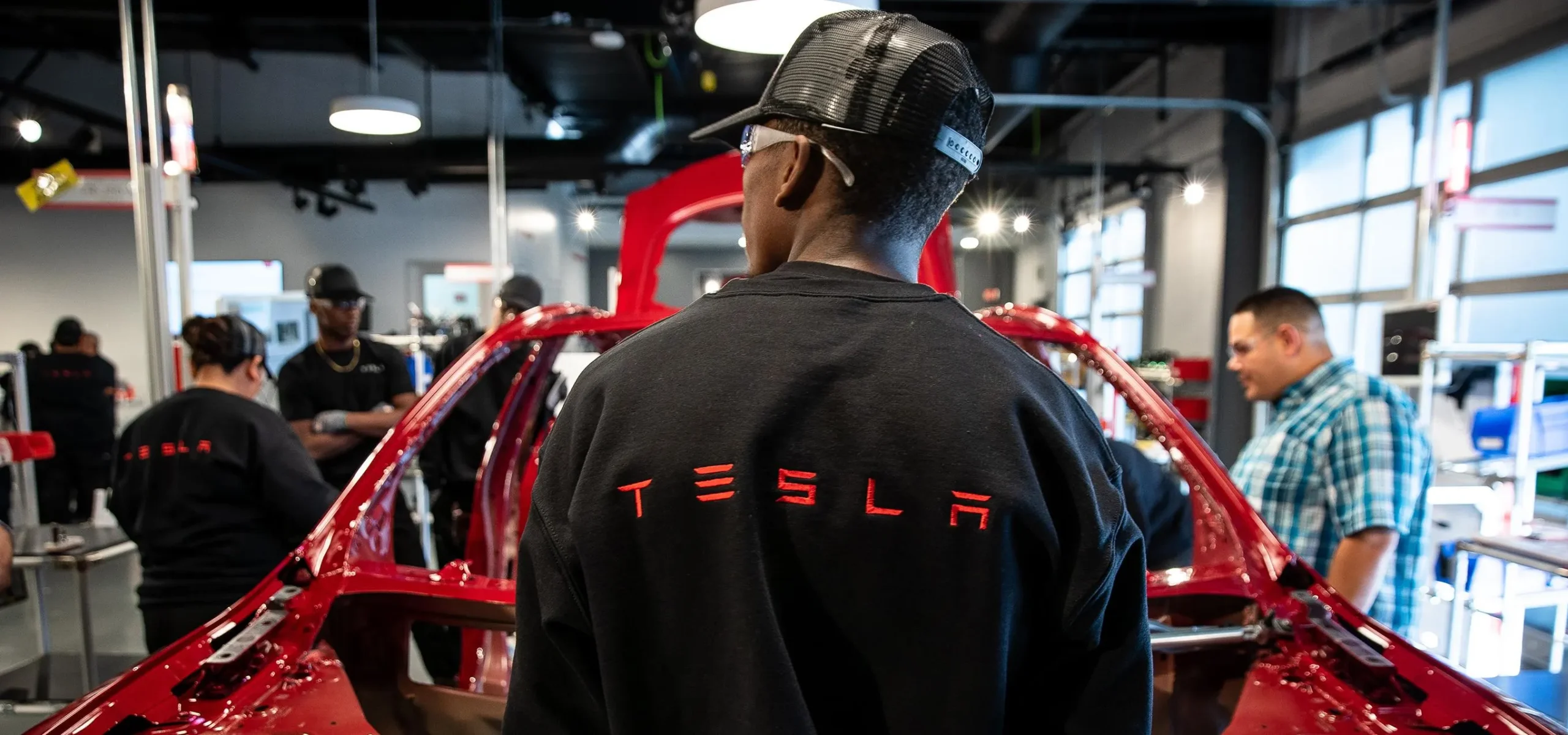Fear in the Modern Workplace
Workplace fear remains a hidden challenge for many professionals. Employees often hesitate to share opinions or challenge norms. This silence limits creativity and slows growth. When fear dominates, productivity and innovation decline. Leaders must recognize and address this issue early.
Lessons From Tesla’s DEI Leadership
Tesla’s former Diversity, Equity, and Inclusion (DEI) lead stressed that fear holds employees back. The leader highlighted that open dialogue builds stronger teams. By creating trust, leaders encourage staff to take risks. Fear-free environments allow workers to contribute without hesitation. These insights underline the importance of psychological safety.
How Fear Impacts Performance
Fear triggers stress and lowers engagement. Employees avoid speaking up during meetings. Many resist innovation because they worry about criticism. Over time, fear creates burnout and turnover. This cycle hurts company culture and brand reputation. Breaking it requires a proactive leadership approach.
Strategies to Build a Fear-Free Culture
Leaders can replace fear with empowerment. Start by practicing transparent communication. Managers should welcome feedback from all levels. Regular check-ins help employees voice concerns. Recognizing achievements boosts confidence and trust. Offering training and mentorship builds resilience. Small steps create lasting change.
Encouraging Courage and Innovation
Courage thrives in supportive environments. When employees feel safe, they experiment more. Innovation grows when workers know mistakes are part of learning. Leaders must normalize failure as progress. Encouraging diverse perspectives further strengthens innovation. Companies that embrace courage outperform competitors.
Role of Leadership in Shaping Culture
Leaders set the tone for workplace culture. By showing empathy, they model desired behaviors. Consistent actions matter more than words. Leaders who share their own challenges inspire trust. Authenticity fosters connection and reduces fear. Over time, this builds loyalty and motivation.
Practical Steps for Employees
Employees also play a role in shaping culture. Practicing open communication helps strengthen relationships. Building peer support systems reduces isolation. Seeking mentorship offers guidance and encouragement. Embracing continuous learning builds resilience against fear. Together, teams create safer spaces to grow.
Why Fear-Free Workplaces Succeed
Fear-free workplaces attract and retain top talent. Employees feel valued and respected. Collaboration becomes stronger, leading to better solutions. Engagement rises, boosting productivity and satisfaction. Fear-free cultures also enhance employer branding. These benefits create sustainable business growth.
Conclusion: Moving Beyond Fear
Tesla’s former DEI lead reminded us that fear holds businesses back. Leaders must focus on trust, empathy, and open dialogue. By fostering courage, organizations unlock creativity and resilience. Fear-free workplaces drive innovation, growth, and long-term success. The future of work belongs to fearless cultures.


